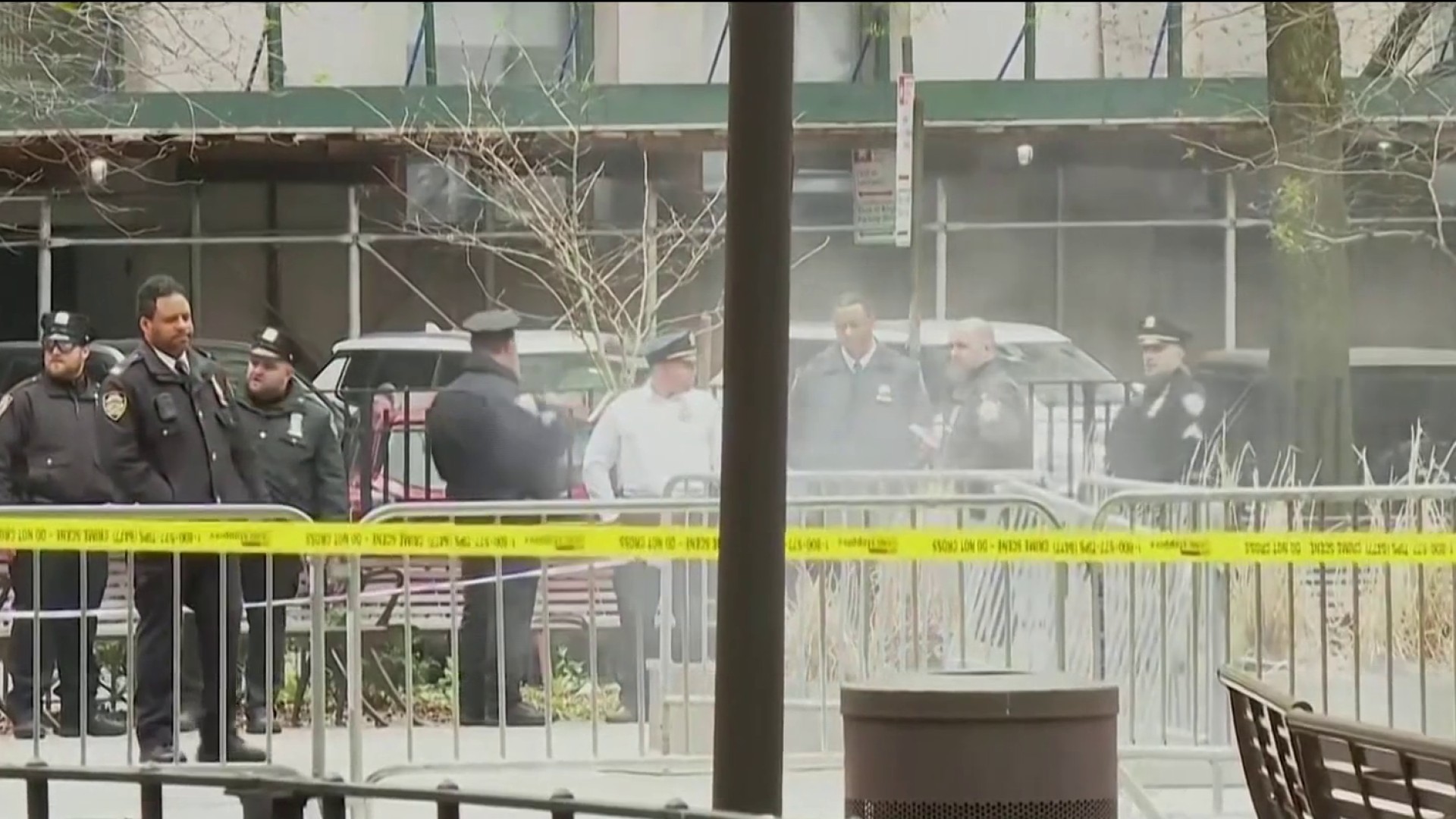University of California, Berkeley police took a hands-off approach to protesters on the campus last week when violent rioters caused chaos by overtaking a largely peaceful protest against a controversial speaker, but that response by campus officers is being questioned amid widening political polarization and increasingly hostile demonstrators.
Last week's protest featured "Black Bloc" tactics employed by mask-wearing protesters dressed head-to-toe in dark clothing and using crude weapons to vandalize property.
While officers largely stood to the side, about 150 people labeled "agitators" by Berkeley police used metal rods, Molotov cocktails and commercial-grade fireworks to overwhelm police and smash bank branch and storefront windows in downtown Berkeley.
They also lit raging fires in a rampage that caused more than $100,000 damage while protesting the scheduled appearance of right-wing provocateur Milo Yiannopoulos on Feb. 1, whose appearance was canceled while he was evacuated from campus in a bullet-proof jacket.
Only one person was arrested in the mayhem that injured six people — prompting criticism of training for campus police at the entire University of California system that emphasizes officer restraint and patience during protest in the name of protecting students' free speech rights.
"The UC 'hands-off' approach was to the citizens' detriment and the officers' detriment in this situation," said John Bakhit, a lawyer for the union representing about 400 of the system's police officers.
Officers should have been given more discretion to prevent the vandalism and violence and make arrests at the Berkeley protests, Bakhit said.
U.S. & World
News from around the country and around the globe
"The frustrating thing for the police officers is that they weren't allowed to do their jobs," he said.
Berkeley Police Sgt. Sabrina Reich defended the response, saying officers feared increased violence and more serious injuries if the violence escalated accompanied by a heavier-handed police response. Investigators are reviewing extensive video taken during the protest and more arrests are possible, she said.
Several officers did fire paint-ball like guns to mark rioters for detention and their possible arrest, she said. But if officers had made more arrests at the scene, up to three officers would have had to give up crowd control duty to escort each suspected rioter to jail, Reich said.
"It was a crowd-control situation," Reich said. "We steered clear of individual action."
Berkeley campus police had never encountered Black Bloc tactics before Wednesday, Reich said, "something we'll have to prepare for and address going forward."
More mayhem and serious injuries could have happened if police had mounted an aggressive crackdown, said Berkeley spokesman Dan Mogulof, who called the protest unprecedented for the campus.
Protesters wearing similar attire used similar tactics during President Donald Trump's Washington, D.C. inauguration last month and have taken similar approaches against police at other demonstrations.
Officials warned of the threats of violence ahead of the Yiannopoulos event, said California state Assemblyman Travis Allen, a Republican who criticized Chancellor Nicholas Dirks for failing to properly prepare for the protest.
The rioting, Allen said, was "a direct result of the permissive attitude of the University's faculty and administration."
Mogulof countered that a mass effort by officers to target the 150 violent protesters mixed in with a much larger group of peaceful protesters would not have worked and could have turned the incident into a tragedy.
"If people think police could wade into a crowd of 1,500 to arrest 150 armed infiltrators, they're dreaming," he said. "There would have been conflict and there would have been violence and near guarantee that our students would have been injured."
However, Mogulof said university badministrators and police are looking into "possible changes that would not preclude controversial speakers but that would minimize the destruction."
Campus security and free speech rights experts said it is difficult for officers to keep the peace at protests while ensuring free speech is guaranteed.
"It can be tough," said Robert Shipley, executive director of the Philadelphia-based Foundation for Individual Rights in Education. "Campus police need to be as restrained while still getting the job done."
The University of California system adopted its current crowd control polices after officers at Berkeley and the University of California, Davis, came under blistering national criticism in 2011 for their tactics.
That November, baton-wielding Berkeley police beat students erecting tents on campus and arrested more than 20 during the Occupy demonstrations against corruption, greed and the divide between rich and poor. Davis campus police were seen on video using pepper spray on students nonviolently participating in the Occupy rallies.
University of California responded with a report recommending 49 police tactic changes which were later adopted throughout the university system and urged campus officer to protect students' peaceful protest rights.
Berkeley campus police may soon face another test because Yiannopoulos plans to return to Berkeley to give the speech he was "prevented from delivering."
"Hopefully within the next few months," he wrote Saturday on Facebook.



